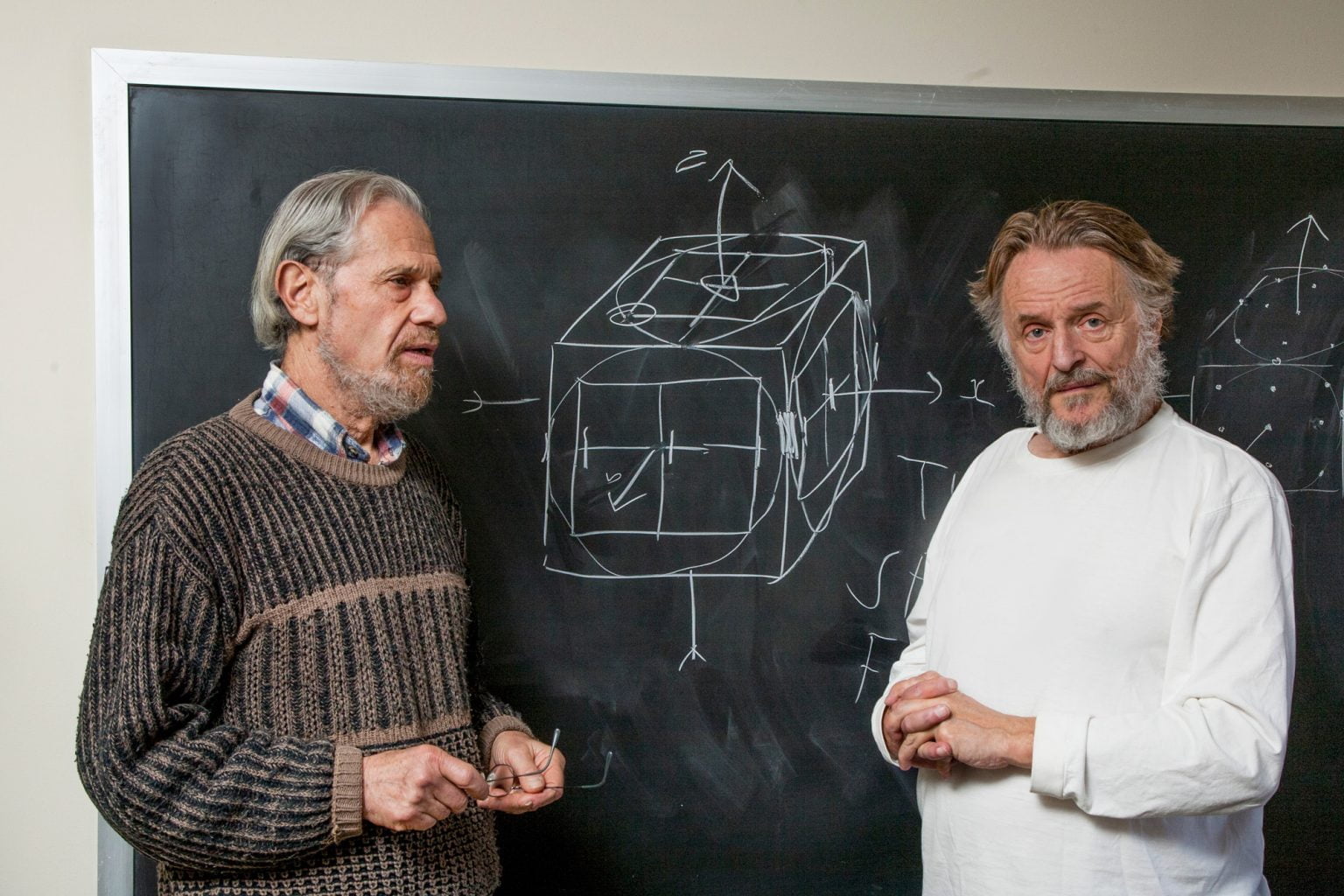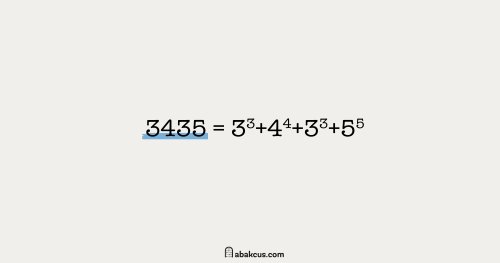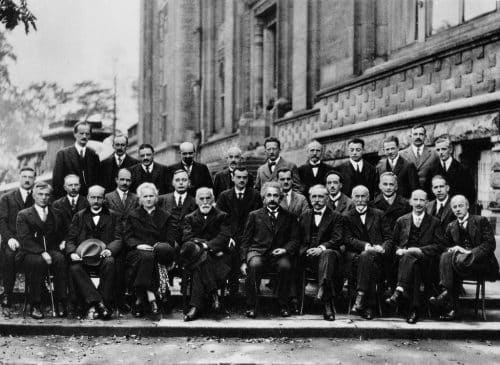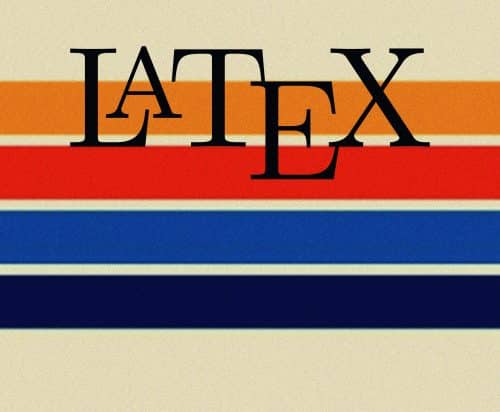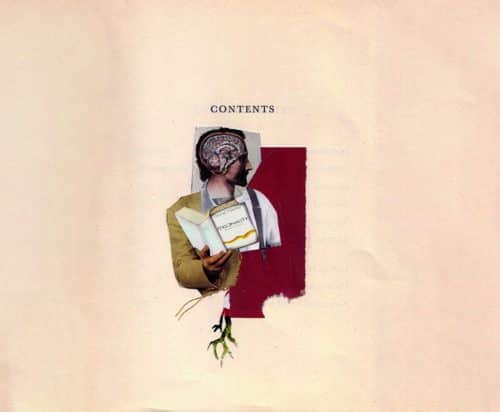On a late September day in 1956, John Horton Conway left home with a trunk on his back. He was a skinny 18-year-old, with long, unkempt hair – a sort of proto-hippie – and although he generally preferred to go barefoot, on this occasion he wore strappy Jesus sandals. He travelled by steam train from Liverpool to Cambridge, where he was to start life as an undergraduate. During the five-hour journey, via Crewe with a connection in Bletchley, something dawned on him: this was a chance to reinvent himself.
In junior school, one of Conway’s teachers had nicknamed him “Mary”. He was a delicate, effeminate creature. Being Mary made his life absolute hell until he moved on to secondary school, at Liverpool’s Holt High School for Boys. Soon after term began, the headmaster called each boy into his office and asked what he planned to do with his life. John said he wanted to read mathematics at Cambridge. Instead of “Mary” he became known as “The Prof”. These nicknames confirmed Conway as a terribly introverted adolescent, painfully aware of his own suffering.
After loitering for a time with the teenage reprobates at the back of the classroom, Conway ultimately did well enough on the university entrance exams to receive a minor scholarship and get his name published in the Liverpool Daily Post. As he sat on the train to Cambridge, it dawned on him that since none of his classmates would be joining him at university, he would be able to transform himself into a new person: an extrovert! He wasn’t sure it would work. He worried that his introversion might be too entrenched, but he decided to try. He would be boisterous and witty, he would tell funny stories at parties, he would laugh at himself – that was key.
“Roughly speaking,” he recalled, “I was going to become the kind of person you see now. It was a free decision.”
Now 77, John Horton Conway is perhaps the world’s most lovable egomaniac. He is Archimedes, Mick Jagger, Salvador Dalí, and Richard Feynman, all rolled into one. He is one of the greatest living mathematicians, with a sly sense of humour, a polymath’s promiscuous curiosity, and a compulsion to explain everything about the world to everyone in it. According to Sir Michael Atiyah, former president of the Royal Society and arbiter of mathematical fashion, “Conway is the most magical mathematician in the world.”
For the last quarter century Conway has held the position of Princeton’s John von Neumann distinguished professor in applied and computational mathematics, now emeritus. Before that, he spent three decades at Cambridge, where in the 1970s, he dived deep into the vast ocean of mathematical symmetry. He discovered a 24-dimensional symmetry group that came to bear his name, and, with his colleague Simon Norton, he illuminated the 196,883-dimensional Monster group with a paper titled “Monstrous Moonshine”. Conway also discovered a new class of numbers, infinitely large and infinitesimally small, which are now known as “surreal numbers”. Those achievements earned him a spot as a fellow of the Royal Society of London for Improving Natural Knowledge, the oldest scientific society in the world. Conway likes to mention that when he was elected in 1981, he signed the big book of fellows at the induction ceremony and was pleased to see on previous pages the names Isaac Newton, Albert Einstein, Alan Turing, and Bertrand Russell.
Conway’s is a jocund and playful egomania, sweetened by self-deprecating charm. He has on many occasions admitted: “I do have a big ego! As I often say, modesty is my only vice. If I weren’t so modest, I’d be perfect.” That said, he is irresistibly drawn to piddling away his days playing games, preferably silly children’s games. While his colleagues zealously guard their vacations for uninterrupted research time, Conway prefers to spend his summers hopping between maths camps for students. This July, for instance, Conway is playing games at a maths camp for teens in Bremen, Germany, and then flying over to Portland, Oregon, for a middle-schoolers’ camp.
This lust for the seemingly trivial has consumed a remarkable amount of Conway’s time and energy. In addition to all the gaming, he’s also been infatuated with factoring large numbers in his head; with reciting pi from memory to 1,111+ digits; with calculating, nearly instantaneously, the day of the week for any given date using what he calls his “Doomsday” algorithm. He’s invented many peculiar algorithms—for counting stairs while you climb without actually counting, and for how best to read through a stack of double-sided loose-leaf pages. And he’s been known to carry on his person decks of cards, dice, ropes, pennies, coat hangers, sometimes a Slinky, maybe a miniature toy bicycle, all props he deploys both for explaining ideas and for his own amusement.
While there may seem little method to this madness, curiosity-driven research is attracting renewed attention and support as a strategy for success in the sciences, both pure and applied, and economically for society as a whole. At the first National Mathematics Festival in Washington in April, the Italian economist Mario Draghi, president of the European Central Bank and one of the keynote speakers, noted that to believe and invest in fundamental research is to believe and invest in the future – that with increasing constraints on demographic and natural resources, and the impending “secular stagnation” as some call it, the countries that make fundamental research in maths and science a high priority will be the countries that prosper economically. Although Conway himself regards money with an indifference verging on contempt, he is a crusading ambassador for simple curiosity, which he considers the universal force driving discovery.
By 1964, a couple of years longer than it should have taken, Conway finished his PhD thesis, which explored a modest byway of set theory. He then needed a job. This was a challenge. Not because there weren’t jobs to be had, nor because he wasn’t qualified. The insuperable obstacle was merely applying. As the end of his PhD funding approached, Conway did nothing. He remembers walking down the street and bumping into Ian Cassels, a canny Scot who for a time held the post of the Sadleirian professor of pure mathematics, and also the position of department head. Cassels asked him, “What have you done about a job?”
“Er, nothing,” replied Conway.
“There’s a position opening here, why don’t you apply?”
“How do I go about it?”
“You write me a letter.”
“What should I say?”
Cassels took pity. He offered to write the letter for Conway. He sat down at the side of the road on a stone wall in front of King’s College, rummaged through his briefcase, found a pen, pulled out a piece of paper, and began, “Dear Professor Cassels, I wish to apply for …” He handed it to Conway and instructed him to sign, and Cassels filed the letter away in his briefcase. Victory was his, Conway was sure. A while later he got the news in the mail: “I’m terribly sorry,” Cassels wrote. “You didn’t get the job.” But, he continued, “there is another position coming open next year, and unless you indicate your wishes to the contrary, I shall take your previous letter as a letter of application for that position.” Conway succeeded in obtaining this second position. He became an assistant lecturer.
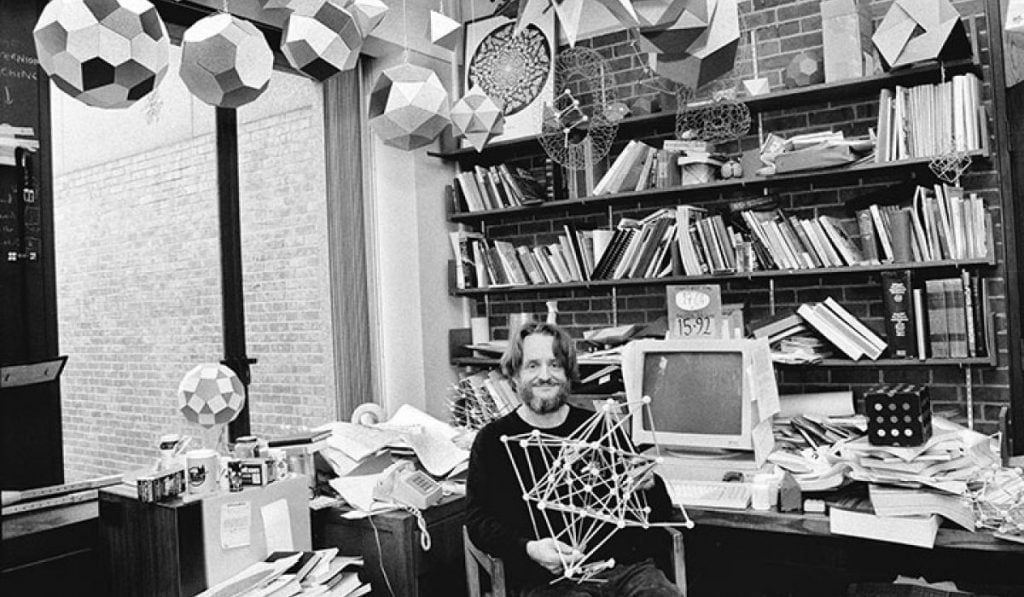
The students loved their new lecturer as much for his mind as his high jinks. He had a homely lecturing style, discussing abstract concepts in terms of trains and cars, cats and dogs. In lecturing on symmetry and the Platonic solids, he sometimes brought a large turnip and a carving knife to class, transforming the vegetable one slice at a time into an icosahedron with 20 triangular faces, eating the scraps as he went.

